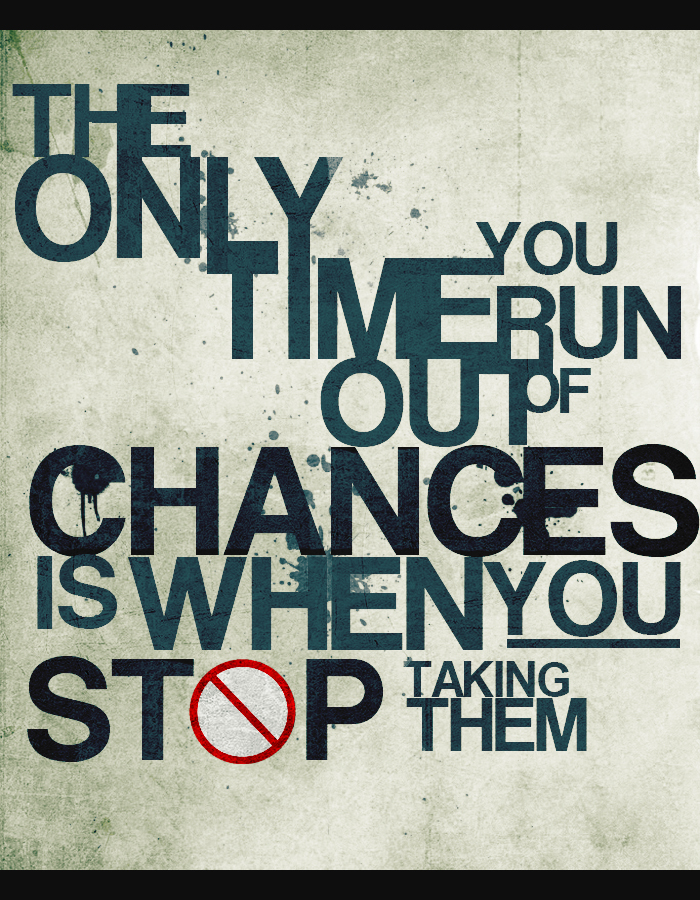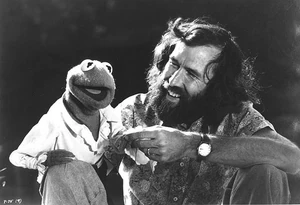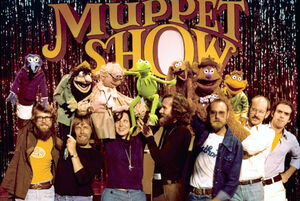This has been a tough post to write, I really don't know how to describe my experience at the first Edcamp Idaho. My son (almost 4 years old) helped me. He said I should write:
Camp was fun! Everything there was so much fun!
His words pretty much cover it, but I'll try to elaborate. When I first heard about it, I was afraid I wouldn't be able to go. Although it was my state Edcamp, it was a long way away. I took the plunge and made the 11 hour drive to be there.
 |
| Photo by Simon Miller |
The night before the event, quite a few
#IDedchat participants met for a Tweetup at a local restaurant. My main goal for the trip was to meet members of my personal learning network face to face and this would be my first opportunity. It was a little surreal meeting people I had never met before, yet they knew me by name before we even said hi. We were able to chat, share some food, and play bocce. If there is ever an inter-state edchat bocce competition, I wouldn't bet against the Idaho team (as long as I wasn't playing - my bocce game still needs some work).
Everyone was excited to be there to share ideas, and they were all unbelievably helpful and friendly. Being at the other end of the state, I only knew one other person there.
Simon Miller is a technology coordinator from Kellogg, Idaho who I first met at a Google Apps for Education Festival this winter. He helped arrange accommodations for me in Hailey. I also met my host for the night,
Dave Guymon. He just moved to Hailey to take a job with their school district and graciously offered a place for Simon and I to stay the night (and he cooked us a hearty breakfast before our day of learning).
Tim Rocco was kind enough to supply us with sleeping bags for the night. In addition to the effort those three put into making sure I had somewhere to sleep, everyone else at dinner instantly made me feel at ease and comfortable. I met four more members of my PLN:
Tami Rigby,
Marita Diffenbaugh,
Janet Avery, and
Chad Avery. There were plenty of teachers who weren't on Twitter (yet) who joined in our conversations that night.
 |
| Edcamp Idaho session board photo by Janet Avery |
Since I was staying with some of the organizers, I was one of the first to arrive at Wood River High School in the morning. I met Maggie Stump, who has been an active participant in our Teach Like a Pirate book study, right away. Excited educators kept streaming in and voting for the day's topics. One of the great things about edcamp is that all of the sessions are completely participant created and driven. For Edcamp Idaho, most of the session ideas were proposed ahead of time and participants were able to place stickers on the topics they wanted included in the day's agenda. When the session board was posted, there were 36 sessions to choose from with topics ranging from encouraging students to read non-fiction to learning how to use specific technology resources.
My first session was
Teach Like a PIRATE. Although only a handful of teachers in the room read the book, we had a great discussion on the importance of rapport and a lot of ideas shared for transforming classrooms. I went to sessions on favorite classroom apps and using
Discovery Education, but my favorite session of the day was "Things That Suck." That session presented us with controversial education topics and everyone in the room physically arranged themselves in order from strong agreement to strong disagreement and then we debated. I found that I was frequently in the middle, but there were many passionate arguments for and against merit pay, high-stakes testing, and homework. I was surprised by the diversity of opinions in the room.
 |
| Hanging out with other edcampers - photo by Marita Diffenbaugh |
Edcamp Idaho was everything I hoped it would be and more. With over 100 teachers in attendance and 36 sessions, I'm still sorting out everything I learned. I have a huge list of apps to check out, some resources to investigate for project-based learning, and ideas for getting my students started with Google Apps. I even won a year subscription to
Nearpod! But by far the most valuable part of Edcamp Idaho are the connections I made. As great as building my Twitter PLN has been, meeting face to face is amazing. I guess the best way to wrap it all up is by saying: Camp was fun! Everything there was so much fun!






























